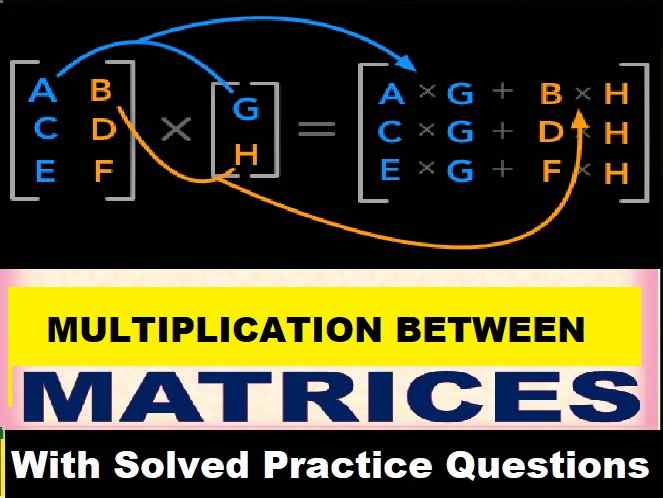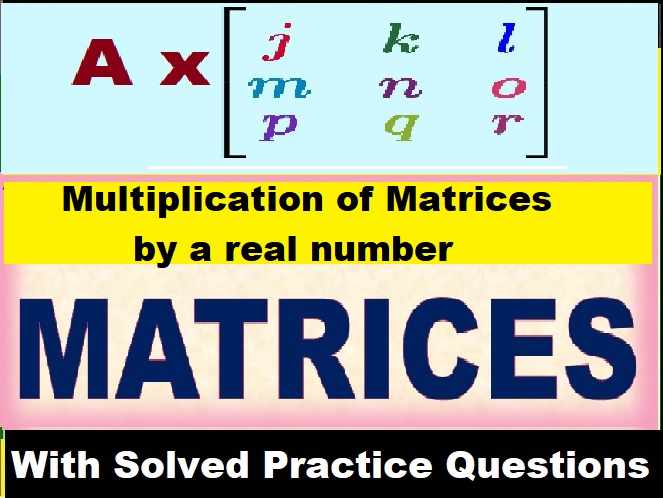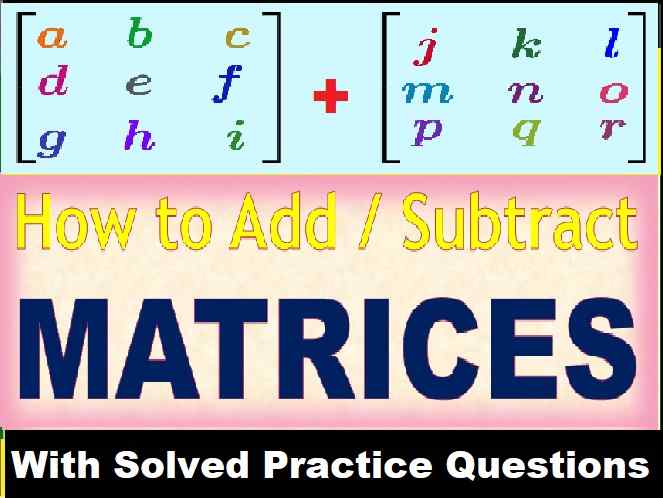Arrangement of Atoms/Molecules In Solids, Liquids and Gases Class-6th Goyal Brothers Chemistry Solutions Chapter-3 (unit-2). We Provide Step by Step Answers of Objective, True False , Fill in the blanks, Match the following , Study Questions of Chapter- 3, Matter, Unit-2 (Arrangement of Atoms/Molecules In Solids, Liquids and Gases). Visit official Website CISCE for detail information about ICSE Board Class-6.
States of Matter Class-6th Goyal Brothers
Chemistry Solutions Chapter-3 unit-2
| Board | ICSE |
| Class | 6th |
| Subject | Chemistry |
| Book Name | Goyal Brothers |
| Theme-3 | Matter |
| Unit-2 | Arrangement of Atoms/Molecules In Solids, Liquids and Gases |
| Topic | Solution of exercise questions |
| Session | 2023-24 |
OBJECTIVE TYPE QUESTIONS
Chemistry Solutions Chapter-3 unit-2
A. Fill in the blanks :
- On heating, generally a solid changes into _liquid_ state.
- In a solid the particles occupy a _fixed_ positions.
- The _stronger_ the attractive forces between the particles of a substance.
- At _higher_ point the substance occurs into both solid and liquid state.
- The zig-zag movement of a particles suspended in air or water is called _Brownian_ movement.
B. Statement given below are incorrect. write the correct correct statement:
1. The particles of liquid simply vibrate at their fixed positions. They cannot leave their place.
Correct Statement: The particles of liquid simply do not vibrate at their fixed positions. They cannot leave their place.
2. At boiling point the substance occur into both solid and liquid state.
Correct Statement: At boiling point the substance occur into both liquid and gas state.
3. When light entering a dark room from a window, the linear movement of dust particles is seen.
Correct Statement: When light entering a dark room from a window, the zig-zag movement of dust particles is seen.
4. Water drop is spherical in shape due to force of gravity.
Correct Statement: Water drop is spherical in shape due to cohesive forces.
5. Solids and liquids expand in same amount when the both heated at same temperature.
Correct Statement: Solids and liquids expand in different amount when the both heated at same temperature.
C. Match the statement in Column A with those in Column B:
Column A |
Column B |
1. The process in which a solid changes into a liquid. |
(a) Brownian movement |
2. The process in which a liquid changes into a gas. |
(b) Condensation |
3. The process in which a gas changes into a liquid. |
(c) Melting |
4. The process in which a liquid changes into a solid. |
(d) Boiling |
5. The zig-zag movement of a particles suspended in air or water. |
(e) Freezing |
Answer:
Column A |
Column B |
1. The process in which a solid changes into a liquid. |
(c) Melting |
2. The process in which a liquid changes into a gas. |
(d) Boiling |
3. The process in which a gas changes into a liquid. |
(b) Condensation |
4. The process in which a liquid changes into a solid. |
(e) Freezing |
5. The zig-zag movement of a particles suspended in air or water. |
(a) Brownian movement |
D. Write ‘True’ or ‘False’ for the following statements :
- The force of attraction between particles of a solid is maximum. [T]
- On heating a solid, its particles start to move randomly. [T]
- On heating a liquid, its particles start to move faster. [T]
- When a gas is cooled, its particles lose kinetic energy. [T]
- When sugar is mixed in water and stirred. After dissolving the sugar, the water level does not rise up. [T]
E. Tick (√) the most appropriate answer.
1. The temperature at which a solid changes into liquid at atmospheric pressure is called its :
(a) Boiling point
(b) Melting point
(c) Condensation point
(d) sublimation point
Ans: (b) Melting point
2. When a gas is cooled, its particles :
(a) lose kinetic energy
(b) gain kinetic energy
(c) lose potential energy
(d) gain potential energy
Ans: (a) lose kinetic energy
3. The intermixing of particles of two different substances on their own is called :
(a) Brownian movement
(b) diffusion
(c) Intermingling
(d) All of these
Ans: (b) diffusion
4. The Intermolecular force of attraction between the particles of same substance is called :
(a) Adhesive forces
(b) Attractive forces
(c) cohesive forces
(d) Any of these
Ans: (c) cohesive forces
5. The changing of ice into water is an example of a :
(a) Physical change
(b) chemical change
(c) change of state
(d) both (a) and (c)
Ans: (a) Physical change
STUDY QUESTIONS
Question 1. List the process in the interconversion of states of matter.
Answer: Interconversion of states of matter is defined as the change of state from one phase to another. When a matter changes from one state to another and gets back to its original state without any change in chemical composition is known as interconversion of states of matter.
Question 2.
(a) How does a solid change into a liquid ? Explain.
Answer: At low temperatures, most substances are solid; as the temperature increases, they become liquid; at higher temperatures still, they become gaseous. The process of a solid becoming a liquid is called melting (an older term that you may see sometimes is fusion).
(b) How does a liquid change into gas ? Explain the process briefly.
Answer: At a certain temperature, the particles in a liquid have enough energy to become a gas. The process of a liquid becoming a gas is called boiling (or vaporization).
Question 3. Describe the processes involved in changing of a gas into a liquid and further a liquid into a solid. Explain the conditions briefly.
Answer: The process involved in changing of a gas into a liquid is called Condensation and further a liquid into a solid by the process of freezing.
Question 4.
(a) Define Brownian movement.
Answer: The Brownian Movement is the movement of tiny particles (such as atoms or molecules) in a liquid or gas, caused by the random motion of the molecules in the liquid or gas. The tiny particles constantly buffeted by the molecules around them, and this motion causes them to move around chaotically.
(b) How does Brownian movement vary for three different states of matter?
Answer: From the three states of matter, solids expand the least. Brownian movement is maximum in gases. Matter can change from one state to another by change in temperature or pressure.
Question 5.
(a) Define diffusion.
Answer: Diffusion is the movement of molecules from a region of higher concentration to a region of lower concentration to down the concentration gradient.
(b) How is diffusion affected in three different states of matter ?
Answer: Diffusion can happen in solids as well. Solid-state diffusion is an extremely slow process. Solid particles have the lowest kinetic energy and so do not move. As a result, in the case of solids, diffusion takes a lengthy time.
Liquid diffusion is slower than gas diffusion. This is due to the fact that liquid particles travel more slowly than gas particles.
Gases have a very fast diffusion rate. Because gas particles move very swiftly in all directions. The rate of diffusion of a gas, on the other hand, is determined by its density.
Question 6. Define cohesive forces. How does its value change for three different states of matter ?
Answer: Cohesive force is the attractive force between the same type of molecules. It can also be called a collective intramolecular force.
Cohesive force in solid is very high, In liquid it is low and in gases the cohesive force is least or negligible.
Question 7. Describe the effect of heat on a solid, a liquid and a gas in terms expansion.
Answer: All the three states of matter that is solid, liquid and gases expand in size on heating. The atoms themselves do not expand but the volume they take up does.
Question 8. What happens when common salt is dissolved in water ? Explain briefly.
Answer: When common salt is dissolved in water, Boiling point of the solution increases. The boiling point of a substance is the temperature at which the vapor pressure of the substance equals atmospheric pressure.
— : end of Arrangement of Atoms/Molecules Class-6th Goyal Brothers Chemistry Solutions ch-3 unit-2 :–-
Return to – ICSE Class -6 Goyal Brothers Chemistry Solutions
Thanks
Please share with your friends if you find it useful



It’s only coming till lesson 4 and after that it’s not coming